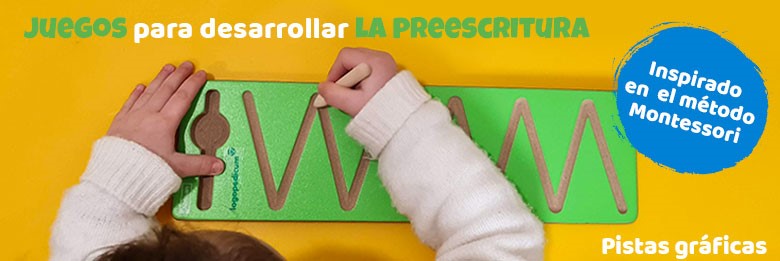
Aprender es modificar o adquirir nuevas habilidades, destrezas, conocimientos, conductas y valores mediante la experimentación, el estudio, la observación, el razonamiento o la instrucción. Múltiples y variados juegos disponibles hoy en día, desde los más clásicos hasta los más innovadores, pueden ser grandes herramientas para construir una variedad de aprendizajes: lectoescritura, matemáticas, razonamiento y resolución de problemas, etc. aportando motivación e interés a los jugadores. Más allá de la estimulación de las inteligencias múltiples, fomentaremos la autoestima, incentivaremos la cooperación y el trabajo en equipo y mejoraremos el comportamiento y la actitud, entre otros muchos aspectos.
 Auditory Memory Caterpillar
29,90 € (VAT not included)
Auditory Memory Caterpillar
29,90 € (VAT not included)
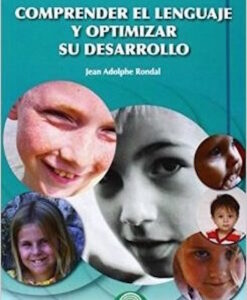 Comprender el lenguaje y optimizar su desarrollo
16,65 € (VAT not included)
Comprender el lenguaje y optimizar su desarrollo
16,65 € (VAT not included)
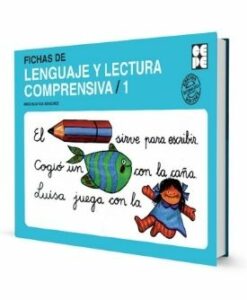 Fichas de Lenguaje y Lectura Comprensiva 1
12,98 € (VAT not included)
Fichas de Lenguaje y Lectura Comprensiva 1
12,98 € (VAT not included)
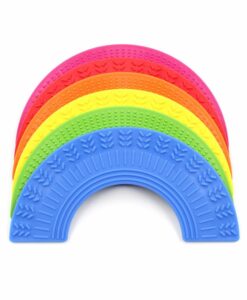 Anti-stress fidget teether - Rainbow
9,10 € (VAT not included)
Anti-stress fidget teether - Rainbow
9,10 € (VAT not included)
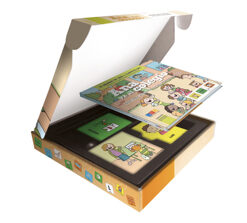 Ana va al colegio - pictogram story
14,90 € (VAT not included)
Ana va al colegio - pictogram story
14,90 € (VAT not included)
 Vibrating cushion shirt
42,90 € (VAT not included)
Vibrating cushion shirt
42,90 € (VAT not included)
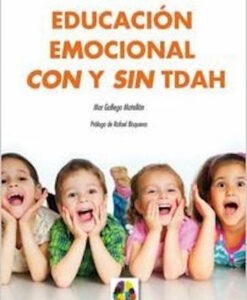 Educación emocional con y sin TDAH
15,90 € (VAT not included)
Educación emocional con y sin TDAH
15,90 € (VAT not included)
Showing 1–36 of 60 resultsSorted by latest
No account yet?
Create an AccountAn interesting game of mathematical calculation, in which you can choose which dice to roll, and get rid of your cards before the rest of the players. The dice rolled must add up to a number equal to any of our cards, but if not, we can save the result by using an armadillo, to add or subtract, and achieve the desired number to get rid of our card.
Who will roll the fastest to win?
Material: 60 cards, 36 counters, 6 dice and rules and regulations
AGE: +8
PLAYERS: 2-6
https://logopedicum.com/wp-content/uploads/2025/02/armadillo-247x300.jpg 12.95 instock 6 – 9 years9 – 12 yearsAGEAlso for adultsAttention and concentration gamesBoard gamesGAME TYPEGAMES AND TOYSLogic and math gamesTYPE OF TOYWood 0 0.00 0 https://logopedicum.com/wp-content/uploads/2025/02/armadillo-247x300.jpg 793168880117621768 12.95 10.70 0.00 0.00 2025-02-23T23:28:55+01:00What color are the little mouse's ears? And what disks go on the butterfly's wings? The children sort the colors and place the disks in the die-cut holes in the slats. The animals can also receive discs of different colors, of course.
Ideal game to train the knowledge and classification of colors.
Material: cardboard, beech wood.